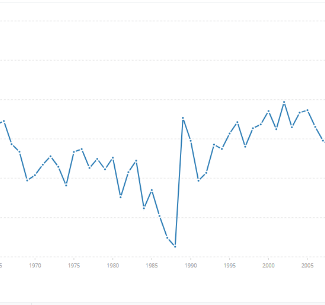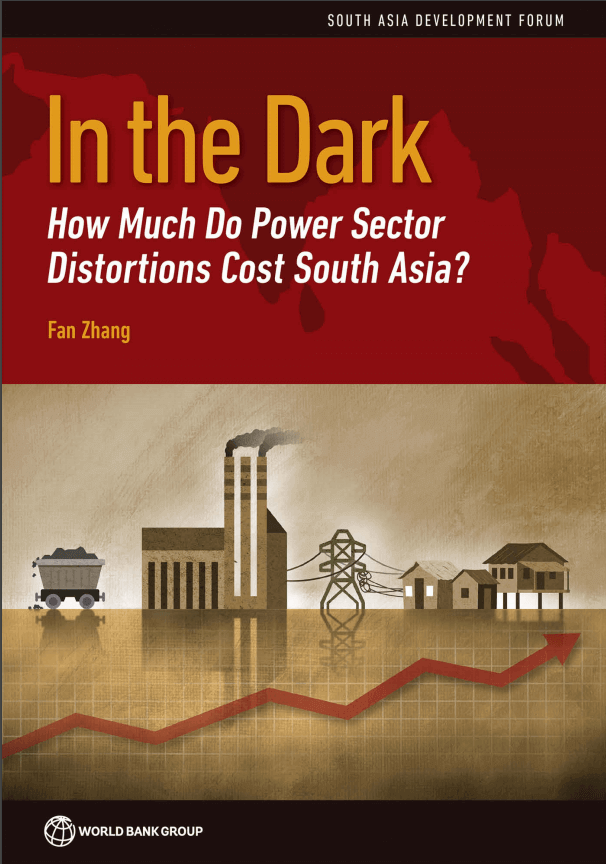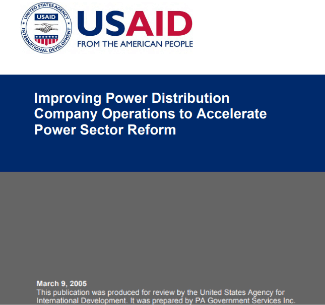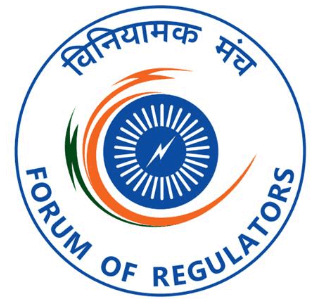Electric power transmission and distribution losses (% of output)
IEA Statistics © OECD / IEA 2018

IEA Statistics © OECD / IEA 2018

This work is a product of the staff of The World Bank with external contributions. The findings, interpretations, and conclusions expressed in this work do not ecessarily reflect the views of The World Bank, its Board of Executive Directors, or the governments they represent. The World Bank does not guarantee the accuracy of the data included in this work.

Many emerging market distribution utilities are in a state of chronic disrepair, both technically and fiscally. After an initial surge of interest in the 1990’s, there has been a near complete disappearance of private investors

non-profit private law civil society. The history of the Association began with the creation of the Distribution Committee (CODI) in August 1975 and, later, in 1995, with the legal constitution of the institution. 45 years of dedication to the development of the electricity distribution sector

The objective of the R + D + i Program is to appropriately allocate human and financial resources in projects that demonstrate the originality, applicability, relevance and economic viability of products and services, in the processes and end uses of energy.

Establish unit dedicated to losses within the utility. Most programs are accompanied by an activity to strengthen the organizational capacity of the utility, helping to structure a unit responsible for losses and providing the necessary skills and competences. The composition of the unit should be multidisciplinary, and it should have autonomy given by senior management with proper governance arrangements. The unit will provide periodic monitoring and reporting of the energy loss program against key metrics. In some countries, best practices have also identified the benefit of having dedicated teams for losses in the regulator and ministries.
Does the utility have a unit dedicated to reducing electricity losses? What is the government and authority level of this unit?
Establish a baseline and quantification of the losses as part of a diagnostic to be followed by specific study. Utilities need to develop a baseline distinguishing and calculating technical and non-technical losses and their evolution over time with a definition of “as is” – the present situation and starting point. The quantification would be expressed in technical and monetary terms. Due to the seasonality impacts, the baseline should be based on minimum of a full year and possible two-year information. Ideally this study should be done by specialized and independent firms with the support of the operational team of the utility. The reference and annex sections present information on the different methodologies a utility can use to estimate its losses.
After establishing the baseline, the utility needs to develop a detailed study with a roadmap establishing and prioritizing the activities needed for the reduction of technical and non-technical losses. The study itself must establish a short and long-term action plan with the necessary investments, the origin of the losses (types of consumers and geographic location if possible, with Geographic Information System (GIS), the commercial system database, the tools to be used (hardware and software), the goals by period, and a responsible and dedicated team. These activities are described next in more details
Does the utility have a baseline study calculating the technical and non-technical electricity losses, and a roadmap establishing the priority activities to reduce losses in a comprehensive plan? How updated is this baseline plan?
Take into consideration regulatory aspects. Utilities can engage the regulatory authority to ensure the proper incentive mechanisms to unlock reductions in losses are in place. This includes the discussion with the regulators to identify impacts in the calculation of electricity rates in such a way as to allow affordability to the most vulnerable population. Also, it is important to review if supply or grid codes are incentivizing loss reduction.
In addition, and in collaboration with the regulator, the utility should consider the compatibility of the incentives, as these have been determinant factors for the reduction of losses8 . These include: (i) establish rate loss limit. A non-technical loss limit value can be attributed to the rate, since the company will not be able to absorb all the economic loss, but it will have incentives to reduce it (decreasing limit); (ii) define the loss limit: determine the regulatory levels of non-technical losses through a comparative analysis, which considers the level of economic and social complexity in the region; and (iii) facilitate technical regularization: in low-income consumers with fraud, allow it to be possible to technically regularize this situation by supplying a standard kit, the cost of which could be financed in installments to be collected in future energy bills.
Does the regulatory framework contemplate proper incentives to reduce electricity losses? How is the tariff calculation impacted by electricity losses?
Promote awareness and establish partnerships with local control authorities such as local police and law enforcement to take prompt action in the event of theft when amicable and commercial resolution is not possible. These actions are particularly important on commercial losses in the industrial and large commercial segments as a few clients can represent a large value of the losses. Utilities should enforce compliance with the law and its judicial processes in the cases and consider executing criminal proceedings for theft or fraud of electricity. The collaboration with local authorities must be adequately documented and transparent.
The introduction of informational campaigns to improve visibility of the program and the payment culture is also an effective measure. The utility and authorities can promote journalistic coverage in actions to combat non-technical losses to positively influence the culture of paying the energy bill. It is also important to give visibility to the authorities of the economic impacts of losses, reinforce transparency, and bolster the aspects of zero tolerance to mal practices.
How engaged is the utility with law enforcement authorities such as local police on matters of electricity theft? Is this collaboration clearly understood by everyone and described in a transparent manner?
The implementation of power sector reforms has embarked India on the journey of achieving a national turnaround.
